Zahra Nabizadeh-ShahreBabak
Segmentation of Lungs COVID Infected Regions by Attention Mechanism and Synthetic Data
Aug 25, 2021
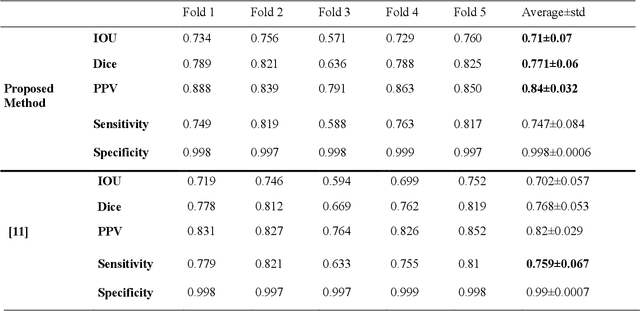


Abstract:Coronavirus has caused hundreds of thousands of deaths. Fatalities could decrease if every patient could get suitable treatment by the healthcare system. Machine learning, especially computer vision methods based on deep learning, can help healthcare professionals diagnose and treat COVID-19 infected cases more efficiently. Hence, infected patients can get better service from the healthcare system and decrease the number of deaths caused by the coronavirus. This research proposes a method for segmenting infected lung regions in a CT image. For this purpose, a convolutional neural network with an attention mechanism is used to detect infected areas with complex patterns. Attention blocks improve the segmentation accuracy by focusing on informative parts of the image. Furthermore, a generative adversarial network generates synthetic images for data augmentation and expansion of small available datasets. Experimental results show the superiority of the proposed method compared to some existing procedures.
Bifurcated Autoencoder for Segmentation of COVID-19 Infected Regions in CT Images
Nov 01, 2020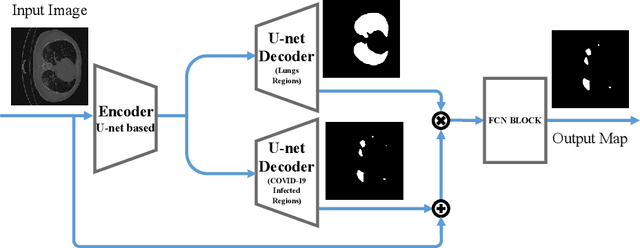
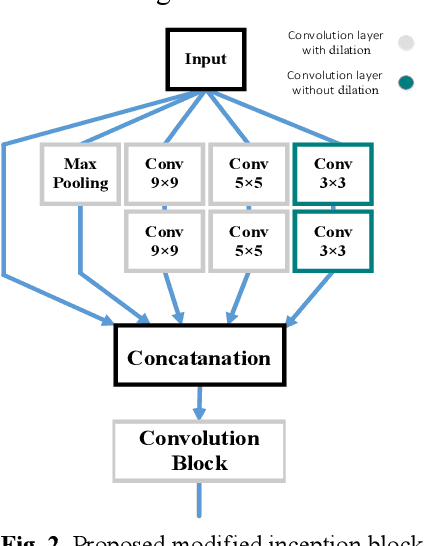
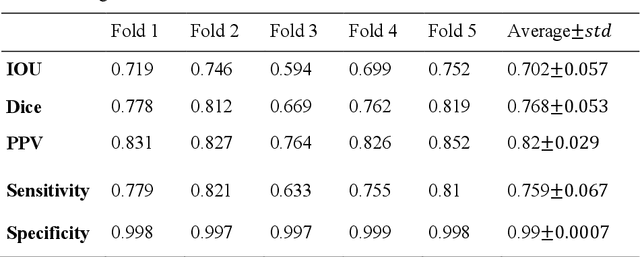
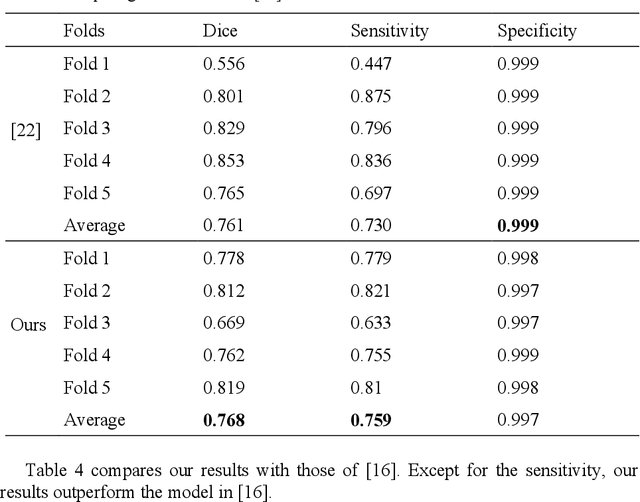
Abstract:The new coronavirus infection has shocked the world since early 2020 with its aggressive outbreak. Rapid detection of the disease saves lives, and relying on medical imaging (Computed Tomography and X-ray) to detect infected lungs has shown to be effective. Deep learning and convolutional neural networks have been used for image analysis in this context. However, accurate identification of infected regions has proven challenging for two main reasons. Firstly, the characteristics of infected areas differ in different images. Secondly, insufficient training data makes it challenging to train various machine learning algorithms, including deep-learning models. This paper proposes an approach to segment lung regions infected by COVID-19 to help cardiologists diagnose the disease more accurately, faster, and more manageable. We propose a bifurcated 2-D model for two types of segmentation. This model uses a shared encoder and a bifurcated connection to two separate decoders. One decoder is for segmentation of the healthy region of the lungs, while the other is for the segmentation of the infected regions. Experiments on publically available images show that the bifurcated structure segments infected regions of the lungs better than state of the art.
Selection of Proper EEG Channels for Subject Intention Classification Using Deep Learning
Jul 24, 2020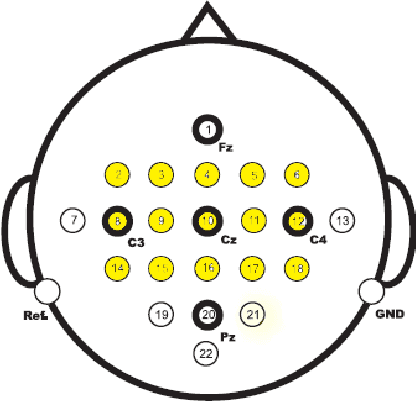
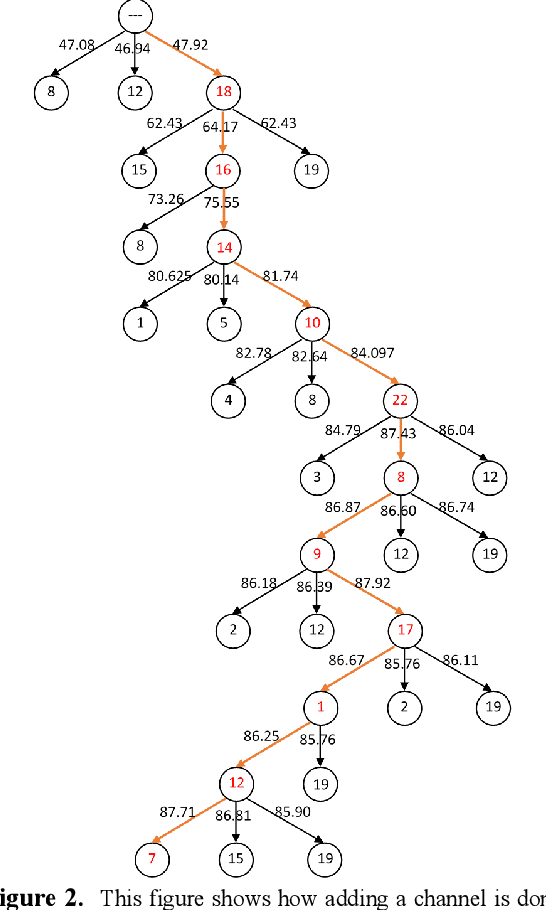
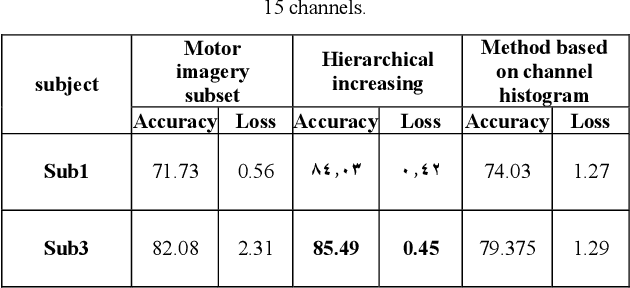
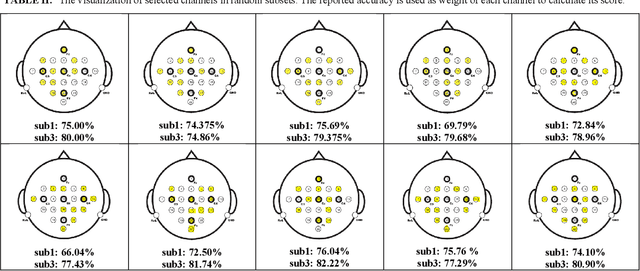
Abstract:Brain signals could be used to control devices to assist individuals with disabilities. Signals such as electroencephalograms are complicated and hard to interpret. A set of signals are collected and should be classified to identify the intention of the subject. Different approaches have tried to reduce the number of channels before sending them to a classifier. We are proposing a deep learning-based method for selecting an informative subset of channels that produce high classification accuracy. The proposed network could be trained for an individual subject for the selection of an appropriate set of channels. Reduction of the number of channels could reduce the complexity of brain-computer-interface devices. Our method could find a subset of channels. The accuracy of our approach is comparable with a model trained on all channels. Hence, our model's temporal and power costs are low, while its accuracy is kept high.
 Add to Chrome
Add to Chrome Add to Firefox
Add to Firefox Add to Edge
Add to Edge